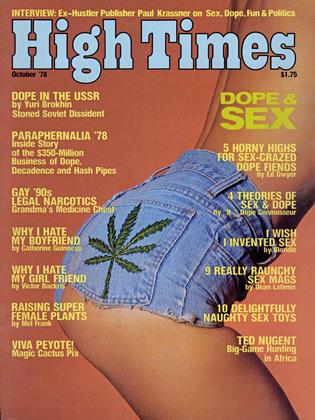By Bernard Garfinkel
The first thing you notice is the color, a particular and lovely translucent green, the green of a deep tropical sea, of a primeval planet steaming in the sun, yet modern, too, a glowing neon, a Ferrari green. It is, of course, the color to which the liqueur Chartreuse gave its name. And, amazingly, the color of Chartreuse is of its essence. It’s the power of suggestion, probably, but there’s no escaping the feeling that it tastes green, and this is part of its pleasure. Like the coral of a boiled lobster shell, the green of Chartreuse is unique; it signals the liqueur itself, somehow telegraphs to the mind before the first sip that spiky, sweet, spicy and complex taste.
Chartreuse has been called the “best liqueur in the world.” Certainly, it’s the most expensive, and the most potent as well—110 proof, while other liqueurs range from 50 to 96. (There is also a yellow Chartreuse, considered by most aficionados not to dwell on the same level of delight as the green. Its proof is 86.) This alcoholic power has, in recent times, given rise to advertising campaigns extolling its 55-percent spiritous content in phrases such as “green fire.” Then, too, there’s more than a hint of the aphrodisiacal in its legend. The secret blend of ingredients that mysteriously combine to give Chartreuse its special flavor and color has been described as having magical and sexual powers, of being associated with ancient gods of fertility and desire.
Yet the liqueur is made by an extraordinarily devout band of monks of the Carthusian order, whose ascetic life of isolation, silence, fasting, chastity and prayer is regarded as the most difficult and demanding vocation in the Roman Catholic church. Originally produced as a healing potion, a medicine with …
Read More
Author: High Times / High Times






